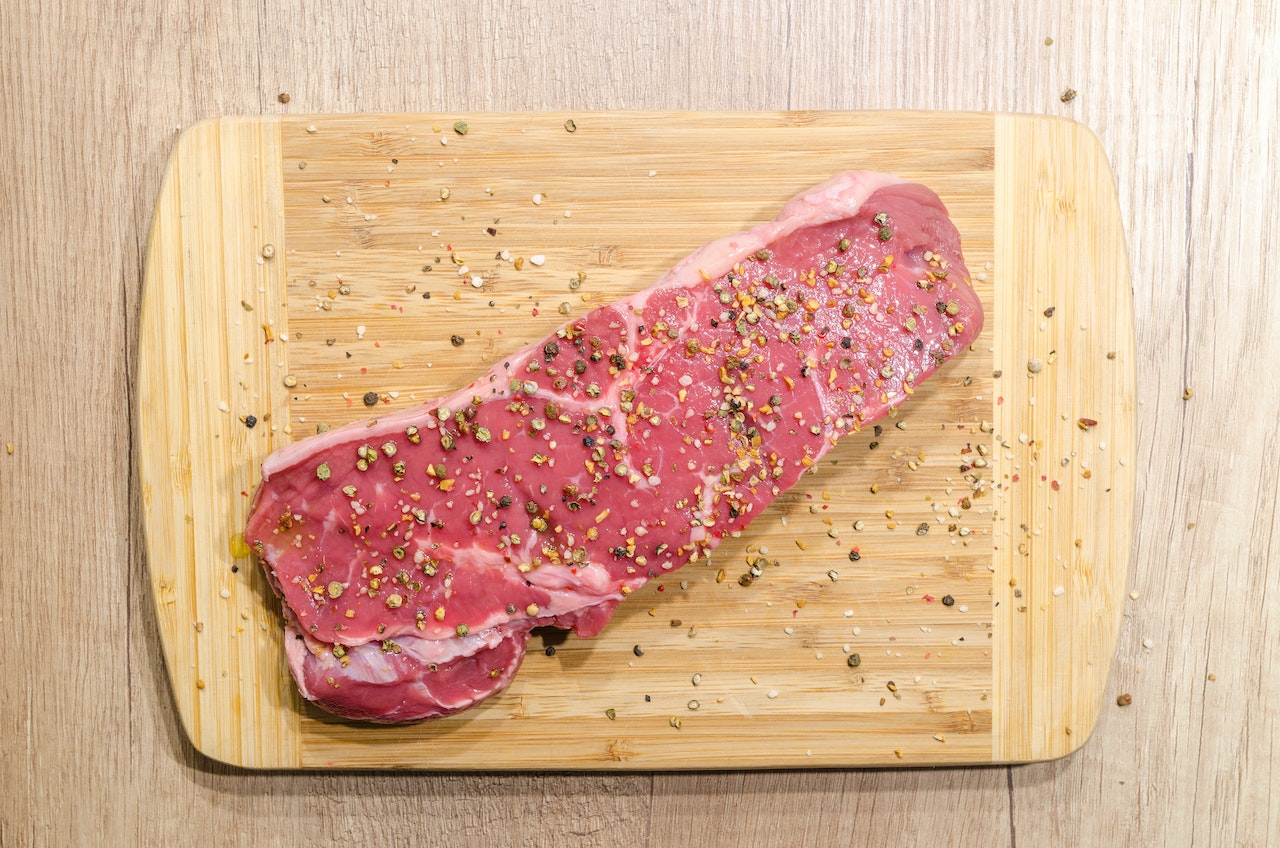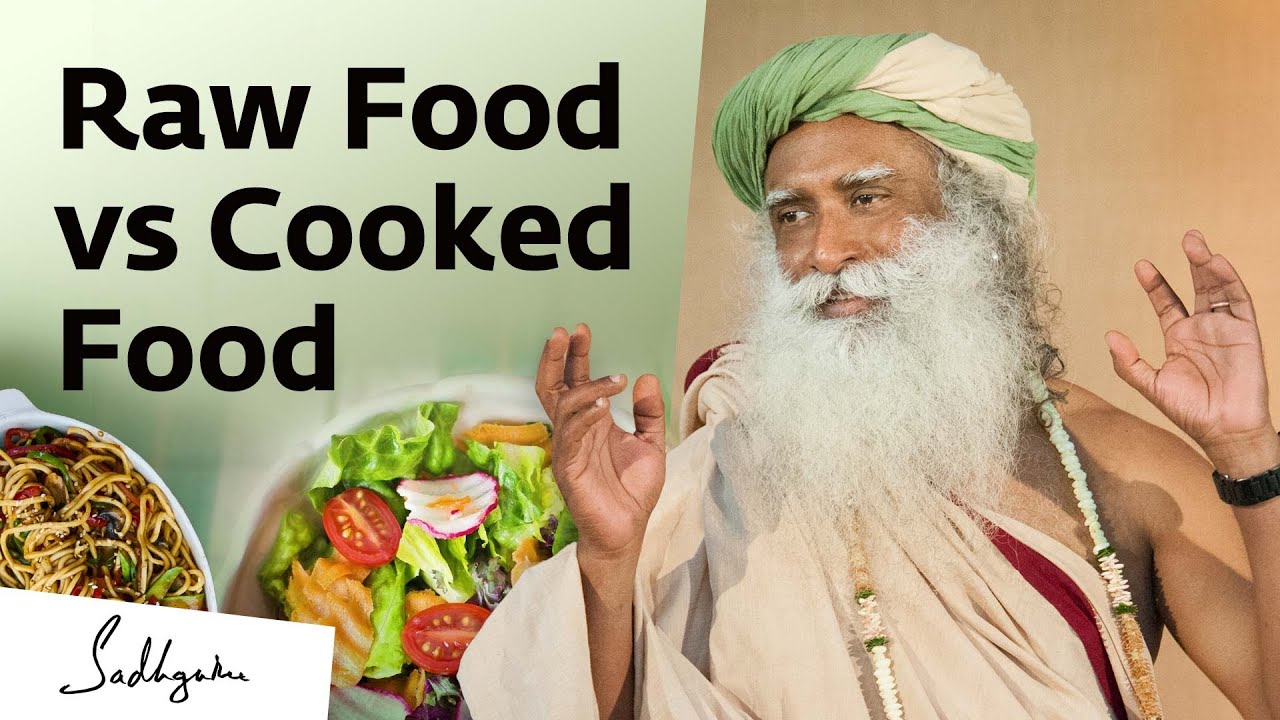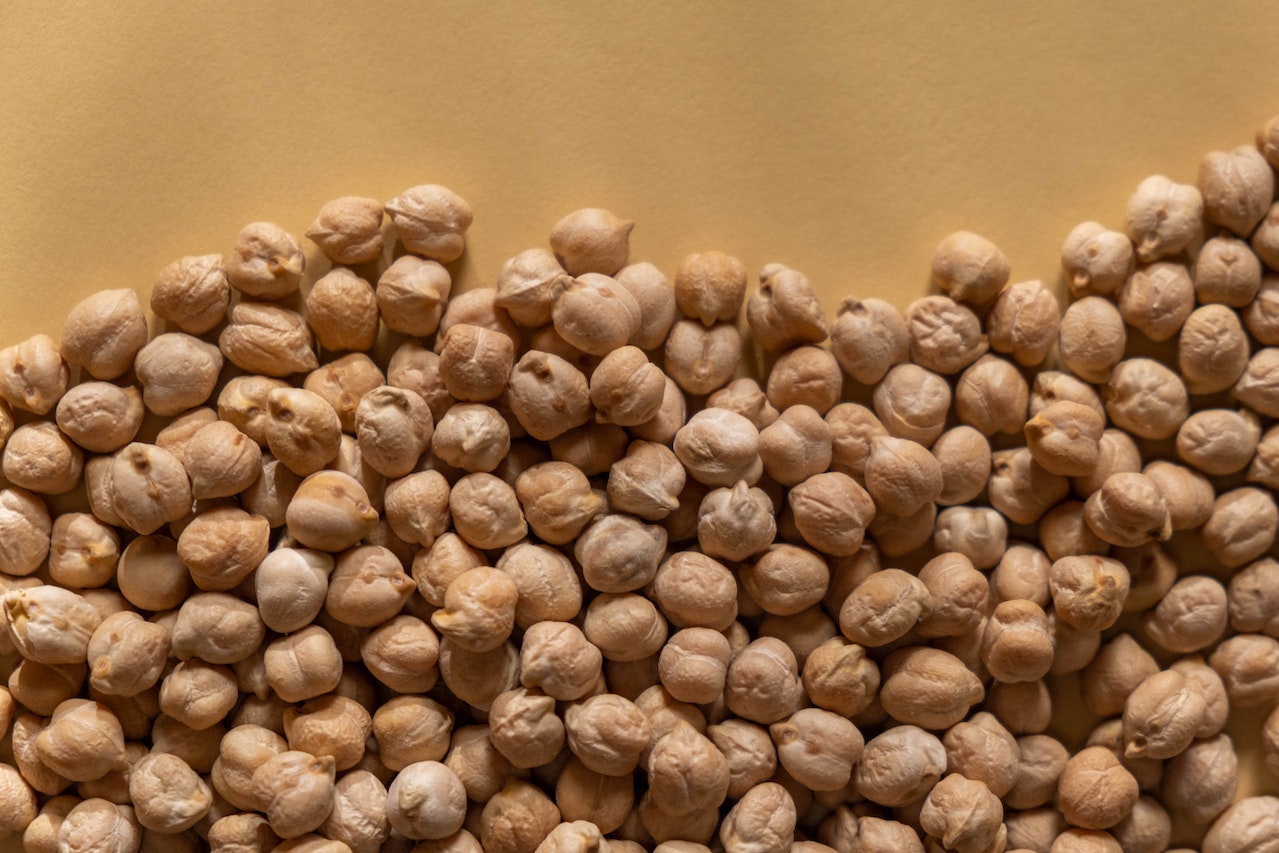The Benefits Of A Raw Food Diet - Clearer Skin To Increased Energy
In this article, we will talk about the benefits of a raw food diet. A raw food diet is a plant-based diet that involves consuming uncooked and unprocessed foods. The diet typically includes fruits, vegetables, nuts, seeds, and sprouted grains, and some people also include raw animal products such as raw milk or raw fish.
Author:Suleman ShahReviewer:Han JuMar 15, 202327.6K Shares920.4K Views

In this article, we will talk aboutthe benefits of a raw food diet. A raw food diet is a plant-based diet that involves consuming uncooked and unprocessed foods.
The diet typically includes fruits, vegetables, nuts, seeds, and sprouted grains, and some people also include raw animal products such as raw milk or raw fish.
Raw food enthusiasts claim that this diet can lead to numerous healthbenefits, including improved digestion, increased energy, and weight loss. In this article, we will explore some of the potential benefits of a raw food diet.
The Benefits Of A Raw Food Diet - Disadvantages
While raw vegetables are packed with nutrients and beneficial enzymes, there are also some disadvantages to eating them raw.
Raw vegetables can be difficult to digest, especially for people with sensitive digestive systems. Eating large amounts of raw vegetables can lead to bloating, gas, and abdominal discomfort.
Some vegetables, such as tomatoes and carrots, have more bioavailable nutrients when they are cooked. Cooking can help to break down the cell walls of these vegetables and release the nutrients, making them more easily absorbed by the body.
Raw vegetables can carry bacteria, viruses, and pesticides, which can be harmful to your health. Washing vegetables thoroughly can help to reduce the risk of exposure, but it may not eliminate all potential hazards.
Some raw vegetables, such as cruciferous vegetables like broccoli and kale, contain goitrogens that can interfere with thyroid function. Cooking these vegetables can help to reduce the goitrogen content and make them safer to consume.
Eating only raw vegetables can become monotonous and unenjoyable, leading to a lack of variety in your diet. This can make it difficult to stick to a raw food diet long-term.
Raw Food Diet Meal Plan
Following a raw food diet meal plan can be a great way to boost your health and energy levels.
A raw food diet is a plant-based diet that includes uncooked and unprocessed foods, such as fruits, vegetables, nuts, seeds, and sprouted grains.
While there are many different variations of a raw food diet, the basic principle is to eat foods in their natural state to retain their beneficial nutrients and enzymes.
Here is an example of a raw food diet meal plan that you can use as a starting point:
For Breakfast
- A smoothie made with a variety of fruits, such as bananas, berries, and mango, and leafy greens such as spinach or kale. You can also add chia seeds, flaxseeds, or hemp seeds for extra protein and healthy fats.
- A bowl of fresh fruit, such as sliced melon, berries, and chopped apples, topped with a sprinkle of cinnamon and a handful of raw nuts.
For Lunch
- A big salad made with a variety of greens, such as lettuce, spinach, or arugula, and plenty of colorful veggies like cucumbers, tomatoes, and bell peppers. You can also add in some chopped raw nuts or seeds for extra crunch and protein.
- A raw soup made with blended veggies, such as tomatoes and cucumbers, topped with fresh herbs and avocado.
For Snack
- Raw veggies and hummus, such as carrot sticks, celery, and broccoli.
- A fruit smoothie or juice.
For Dinner
- Zucchini noodles with tomato sauce made from blended tomatoes and herbs.
- Raw tacos made with lettuce leaves as the shell, filled with spiced nut "meat," avocado, and salsa.
- Raw pad thai made with spiralized veggies, such as zucchini and carrot, tossed in a peanut sauce made with raw almond butter and coconut aminos.
For Dessert
- Fresh fruit with a dollop of coconut whipped cream.
- Raw chocolate pudding made with avocado, dates, and cacao powder.
Best Foods To Eat Raw
Eating raw foods has been gaining popularity in recent years due to its numerous health benefits. Raw foods are natural, unprocessed, and uncooked, which means they retain most of their nutrients and enzymes.
These enzymes help the body digest food, absorb nutrients, and eliminate waste. Eating raw foods can also help to lower the risk of chronic diseases, such as heart disease, diabetes, and cancer.
When it comes to the best foods to eat raw, the options are plentiful. Here are some of the top raw foods that you may want to consider incorporating into your diet:
- Most fruits are best eaten raw, as cooking can cause them to lose some of their beneficial nutrients. Fruits such as berries, apples, pears, bananas, and citrus fruits are all great options.
- Raw vegetables are packed with vitamins, minerals, and fiber. Some great raw veggies to include in your diet are carrots, broccoli, kale, spinach, cucumbers, and bell peppers.
- Raw nuts and seeds are a great source of healthy fats, protein, and fiber. Some excellent options include almonds, walnuts, cashews, chia seeds, and flaxseeds.
- Sprouted grains and legumes are easy to digest and contain a high amount of nutrients. You can try sprouting lentils, chickpeas, quinoa, and brown rice.
- Fermented foods such as sauerkraut, kimchi, and kombucha are packed with beneficial bacteria that can help to improve gut health.

Benefits of Raw Food over Cooked Food
10 Foods That Can Be Eaten Raw
Eating raw foods can provide a range of health benefits, including increased energy levels, improved digestion, and better absorption of nutrients. Here are 10 foods that can be safely eaten raw:
- Raw carrots are a crunchy and delicious snack that is rich in nutrients like beta-carotene, vitamin K, and potassium.
- Raw bell peppers are a great source of vitamin Cand other antioxidants. They can be sliced and used in salads or enjoyed as a crunchy snack.
- Raw tomatoes are a tasty addition to salads and sandwiches. They are high in lycopene, an antioxidant that has been linked to a lower risk of heart disease and certain types of cancer.
- Raw cucumbers are a hydrating snack that is low in calories and high in nutrients like vitamin K and potassium.
- Raw apples are a sweet and crunchy snack that is high in fiber and vitamin C. They can be sliced and enjoyed on their own or used in recipes like apple salad.
- Raw berries like strawberries, blueberries, and raspberries are rich in antioxidants and other beneficial nutrients. They can be added to smoothies or enjoyed as a sweet snack.
- Raw nuts like almonds, walnuts, and cashews are a great source of protein and healthy fats. They can be enjoyed on their own or used in recipes like raw nut butter or raw vegan cheesecake.
- Raw seeds like chia, flax, and pumpkin seeds are high in fiber and healthy fats. They can be sprinkled on top of salads or used in recipes like raw vegan energy balls.
- Raw leafy greens like spinach, kale, and arugula are packed with nutrients like iron, calcium, and vitamin K. They can be used in salads or enjoyed as a side dish.
- Raw broccoli is a crunchy and nutritious snack that is high in fiber, vitamin C, and other beneficial nutrients. It can be enjoyed on its own or used in recipes like broccoli salad.
People Also Ask
What Are The Health Benefits Of A Raw Food Diet?
A raw food diet can provide numerous health benefits, including improved digestion, increased energy levels, and better absorption of nutrients.
What Foods Should I Avoid On A Raw Food Diet?
On a raw food diet, it's best to avoid processed foods, refined sugars, and grains, as well as foods that are difficult to digest, like raw beans or some types of raw vegetables.
Can A Raw Food Diet Help With Weight Loss?
A raw food diet can be an effective way to lose weight, as it typically includes high-fiber foods that promote feelings of fullness, while also being low in calories and high in nutrients.
How Do I Ensure I'm Getting Enough Nutrients On A Raw Food Diet?
To ensure you're getting enough nutrients on a raw food diet, focus on incorporating a variety of raw fruits, vegetables, nuts, and seeds into your meals.
Conclusion
While there is still some debate about the benefits of a raw food diet, many people who have adopted this way of eating report feeling healthier, more energized, and more satisfied with their food choices.
Raw foods are often packed with vitamins, minerals, and other nutrients that are essential for good health.
If you are considering a raw food diet, it is important to do your research and speak with a healthcare professional to ensure that you are getting all of the nutrients you need.
Nonetheless, the potential benefits of a raw food diet are numerous, and it could be worth exploring this way of eating to see if it works for you.

Suleman Shah
Author
Suleman Shah is a researcher and freelance writer. As a researcher, he has worked with MNS University of Agriculture, Multan (Pakistan) and Texas A & M University (USA). He regularly writes science articles and blogs for science news website immersse.com and open access publishers OA Publishing London and Scientific Times. He loves to keep himself updated on scientific developments and convert these developments into everyday language to update the readers about the developments in the scientific era. His primary research focus is Plant sciences, and he contributed to this field by publishing his research in scientific journals and presenting his work at many Conferences.
Shah graduated from the University of Agriculture Faisalabad (Pakistan) and started his professional carrier with Jaffer Agro Services and later with the Agriculture Department of the Government of Pakistan. His research interest compelled and attracted him to proceed with his carrier in Plant sciences research. So, he started his Ph.D. in Soil Science at MNS University of Agriculture Multan (Pakistan). Later, he started working as a visiting scholar with Texas A&M University (USA).
Shah’s experience with big Open Excess publishers like Springers, Frontiers, MDPI, etc., testified to his belief in Open Access as a barrier-removing mechanism between researchers and the readers of their research. Shah believes that Open Access is revolutionizing the publication process and benefitting research in all fields.

Han Ju
Reviewer
Hello! I'm Han Ju, the heart behind World Wide Journals. My life is a unique tapestry woven from the threads of news, spirituality, and science, enriched by melodies from my guitar. Raised amidst tales of the ancient and the arcane, I developed a keen eye for the stories that truly matter. Through my work, I seek to bridge the seen with the unseen, marrying the rigor of science with the depth of spirituality.
Each article at World Wide Journals is a piece of this ongoing quest, blending analysis with personal reflection. Whether exploring quantum frontiers or strumming chords under the stars, my aim is to inspire and provoke thought, inviting you into a world where every discovery is a note in the grand symphony of existence.
Welcome aboard this journey of insight and exploration, where curiosity leads and music guides.
Latest Articles
Popular Articles
